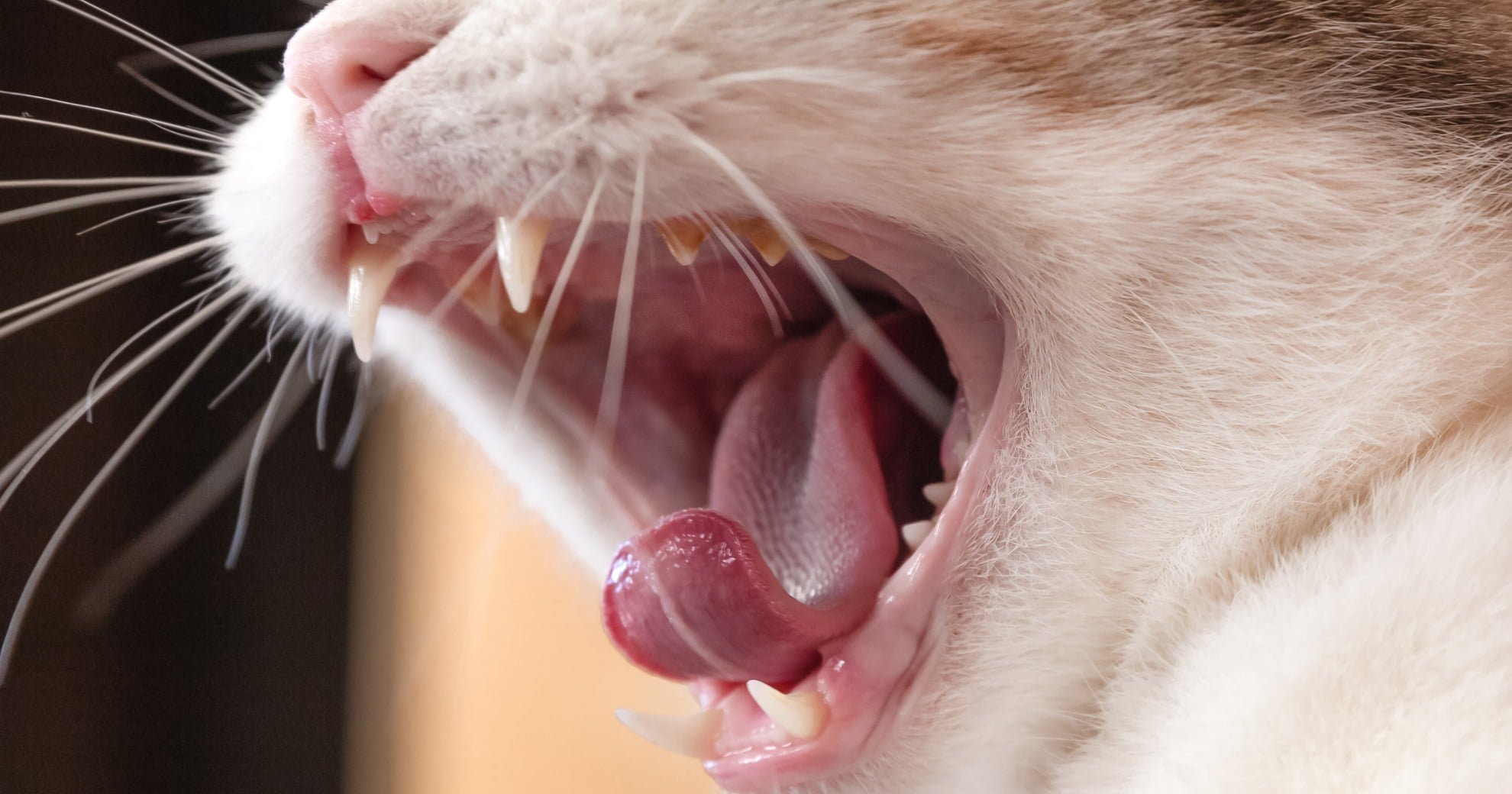HEALTH & WELLNESS

TRENDING

SIGN UP and Start Receiving
Our Monthly Newsletter,
The Chronicles
Stages And Treatment Of Gum Disease In Cats

Cats, like humans and dogs, can develop gum disease when food particles remain on and around the teeth.
So: What are the stages and how is gum disease in our feline friends treated?
STAGES OF GUM DISEASE IN CATS
Here are the signs and symptoms associated with gum disease in cats, according to the four stages. They range from mild to severe.
- Tartar | Swelling | Red gums
- Swollen gums | Gum pain experienced | Weakening tooth crowns
- Plaque under the gumline | Teeth and gums starting to separate
- Tartar buildup | Receded gums | Roots are exposed | Extraction required
Without Proper Dental Care, Cats are Vulnerable to Gum Disease
Types of oral, gum and tooth disease include gingivitis, periodontitis, feline stomatitis and tooth resorption.
TREATING GUM DISEASE IN CATS
The goal is to stay as far away from tooth extraction as possible. That’s why prevention is your best offense. Cliché, yes, but true.
Treatment According to the Stages of Gum Disease
1 – In the early stages of gum disease, preventative measures can make a real difference. Get a cat-safe toothbrush and cat-safe toothpaste and ask your veterinarian about possible prescription medications and products that may help.
2 & 3 – If your cat is already in stage two or three of gum disease, you need to target the gaps between the teeth and gums. The aim is to remove tartar and address bacterial damage before things get worse. Ask your veterinarian about medications and products that may help with tissue regeneration, for example antibiotic gel.
4 – Damage reversal requires a lot of effort in the advanced stages of gum disease, but it can be done in some cases. Measures that can put a stop to additional damage include deep cleaning procedures, root canals and bone replacement.
Extraction – Broken, loose or dying teeth may need to be removed as this can help slow down or reverse damages.
Related Articles













